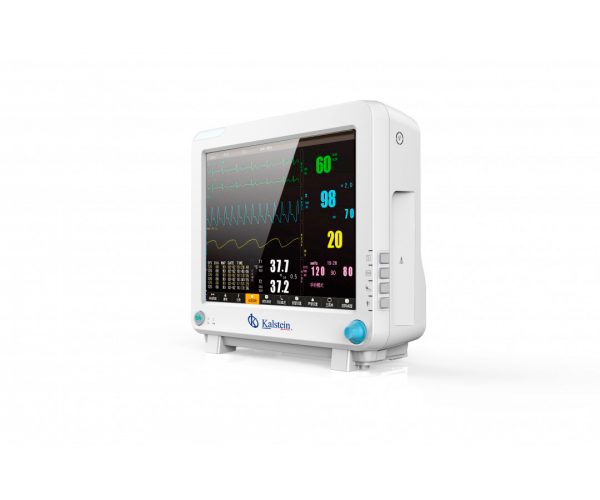Advances in medicine have improved the ability of health care practitioners to treat diseases successfully. One of the ways in which this has been achieved is through the use of patient monitors. These devices enable regular measurements to observe changes in the patient’s condition and to adapt treatment as changes arise.
One obvious consequence of this is that time can be saved by ensuring that a health problem is detected and that treatment is given before it can become serious. In addition, patient monitors can be used in many medical practices, from general medicine to internal medicine. By looking at the person’s symptoms and doing tests, the doctor can collect data that is stored on the monitor.
With all this information collected, the health professional can then consult the data to detect changes over time. This enables doctors to quickly evaluate the success of treatments and adapt them if results are not as expected. This represents a remarkable advance in the application of disease treatment, since it can be detected in real time whether or not the expected effects occur.
What are patient monitors used for?
Patient monitors are used for a variety of treatments, including monitoring chronic diseases, monitoring patients’ health after surgery or chemotherapy treatment, monitoring fluctuations in diseases for which drugs are available, and monitoring general health for long periods of time.
The use of a patient monitor has many benefits for the doctor and the patient. On the one hand, it reduces the time needed to collect data and generally improves response time in the treatment of diseases. Moreover, health care practitioners have a clear view of the patient’s health patterns and can detect trends before changes occur. This allows for accurate diagnosis and expedited treatment.
What are the benefits of using patient monitors?
Patient monitors can also help improve communication between clinicians and patients. The use of these devices facilitates access to collected data, which can help patients better understand their own symptoms and the treatments being applied to them. This is particularly useful in circumstances where it is not possible to hold a face-to-face meeting or provide personal follow-up.
Patient monitors also improve safety. These devices can help reduce the likelihood of medical errors by providing accurate, up-to-date information. This prevents misdiagnosis of conditions and treatments, which can have serious consequences for patients. It is no longer necessary to wait that long to check for advances or setbacks in treatments.
In summary, using patient monitors is an excellent way to improve response time in the treatment of diseases. These devices offer benefits to both health professionals and patients by providing an accurate and effective way to collect and monitor data. This minimizes the risk of medical errors and improves communication between medical staff and patients, ensuring that appropriate treatment is received as soon as possible.
Kalstein’s offer in patient monitors
The use of devices that allow the recording of the main vital signs, is a novel way to verify almost in real time, how the patient is progressing during the application of a treatment and make timely decisions. In this area, the patient monitors of the manufacturer Kalstein, stand out for their compact design, high reliability in the measurements of vital functions such as pulsation, blood pressure and respiration, as well as electrical autonomy when a transfer of the patient is required. For more technical specifications of the patient monitors offered by this company, you can visit their web portals HERE and HERE, and review prices, purchasing methods, among others.

